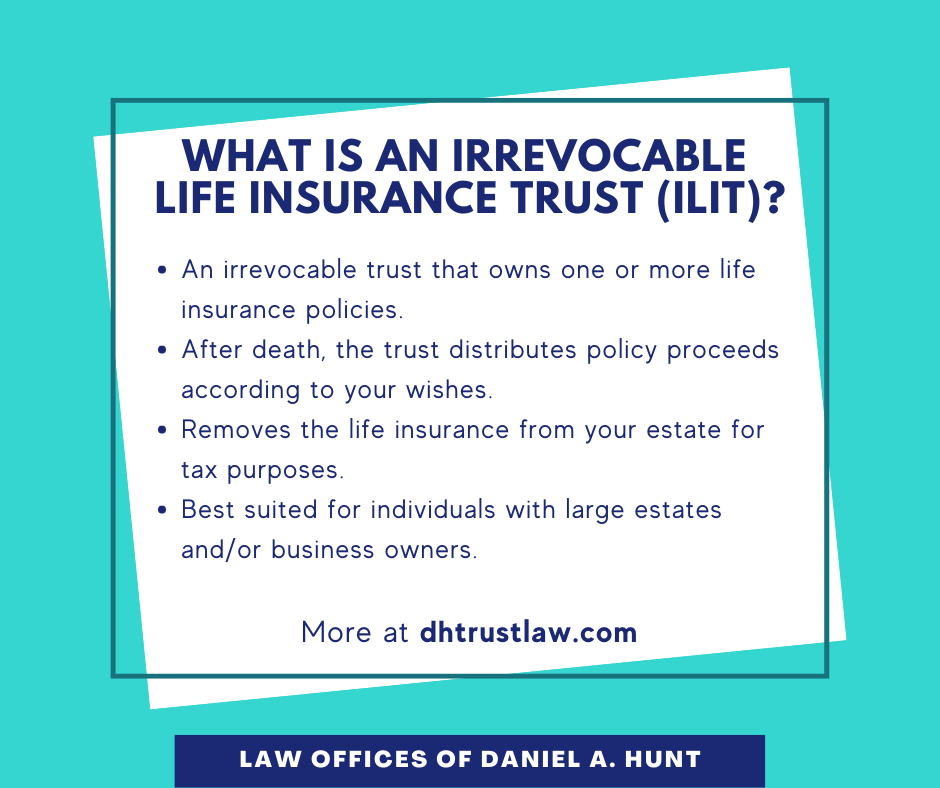The 7-Second Trick For Pacific Prime
The 7-Second Trick For Pacific Prime
Blog Article
The 8-Minute Rule for Pacific Prime
Table of ContentsThe Pacific Prime DiariesExcitement About Pacific PrimePacific Prime - TruthsNot known Facts About Pacific PrimeHow Pacific Prime can Save You Time, Stress, and Money.

This is due to the fact that the information were gathered for a duration of strong financial performance. Of the estimated 42 million individuals that were uninsured, almost about 420,000 (regarding 1 percent) were under 65 years old, the age at which most Americans come to be eligible for Medicare; 32 million were adults between ages 18 and 65, about 19 percent of all grownups in this age; and 10 million were children under 18 years of age, regarding 13.9 percent of all kids (Mills, 2000).
These price quotes of the variety of persons uninsured are generated from the annual March Supplement to the Present Populace Study (CPS), performed by the Demographics Bureau. Unless otherwise noted, national quotes of individuals without medical insurance and percentages of the populace with various kinds of protection are based on the CPS, the most extensively made use of source of quotes of insurance policy coverage and uninsurance rates.
The Greatest Guide To Pacific Prime

Still, the CPS is specifically beneficial since it produces yearly quotes relatively rapidly, reporting the previous year's insurance protection estimates each September, and due to the fact that it is the basis for a regular set of estimates for greater than twenty years, enabling for evaluation of fads in coverage over time. For these factors, in addition to the substantial use of the CPS in various other research studies of insurance protection that exist in this record, we depend on CPS price quotes, with limitations noted.

The estimate of the variety of without insurance people increases when a population's insurance policy status is tracked for a number of years. Over a three-year duration beginning early in 1993, 72 million people, 29 percent of the united state population, lacked protection for at the very least one month. Within a solitary year (1994 ), 53 million people experienced at the very least a month without protection (Bennefield, 1998a)
6 out of every ten without insurance adults are themselves used. Although functioning does improve the chance that one and one's member of the family will certainly have insurance, it is not a warranty. Even participants of households with 2 full time wage earners have nearly a one-in-ten chance of being without insurance (9.1 percent uninsured rate) (Hoffman and Pohl, 2000).
Fascination About Pacific Prime
New immigrants make up a substantial proportion of people without medical insurance. One analysis has attributed a substantial section of the current development in the size of the U.S. uninsured population to immigrants who arrived in the country between 1994 and 1998 (Camarota and Edwards, 2000). Recent immigrants (those who concerned the USA within the previous 4 years) do have a high price of being without insurance (46 percent), however they and their kids represent simply 6 percent of those without insurance coverage across the country (Holahan et al., 2001).
The partnership in between medical insurance and accessibility to care is well established, as documented later in this chapter. The partnership in between wellness insurance coverage and health outcomes is neither straight nor simple, an try this site extensive professional and wellness solutions research study literature web links health and wellness insurance protection to better access to care, far better quality, and boosted personal and population wellness condition.
Degrees of analysis for analyzing the results of uninsurance. This discussion of medical insurance protection focuses largely on the U.S. populace under age 65 since virtually all Americans 65 and older have Medicare or various other public coverage. Moreover, it focuses particularly on those with no medical insurance for any type of size of time.
The Basic Principles Of Pacific Prime
The issues dealt with by the underinsured are in some aspects similar to those faced by the without insurance, although they are usually much less serious. international health insurance. Uninsurance and underinsurance, however, entail noticeably various policy issues, and the approaches for resolving them may vary. Throughout this study and the 5 reports to adhere to, the major focus is on individuals without any medical insurance and hence no help in paying for health treatment beyond what is available via charity and safeguard establishments
Wellness insurance is an effective aspect affecting invoice of care due to the fact that both individuals and physicians react to the out-of-pocket price of solutions - https://padlet.com/pacificpr1me/my-harmonious-padlet-xyem37dpr2sq1yce. Medical insurance, nevertheless, is neither necessary neither enough to get access to medical solutions. The independent and direct effect of wellness insurance policy coverage on accessibility to health and wellness services is well established.
Others will acquire the health treatment they need even without wellness insurance coverage, by spending for it out of pocket or seeking it from companies that provide treatment totally free or at very subsidized rates. For still others, medical insurance alone does not guarantee invoice of care as a result of various other nonfinancial barriers, such as a lack of wellness treatment companies in their area, limited access to transport, illiteracy, or etymological and cultural distinctions.
The smart Trick of Pacific Prime That Nobody is Talking About
Formal research study regarding without insurance populaces in the USA dates to the late 1920s and very early 1930s when the Board on the Price of Healthcare generated a collection of records regarding financing doctor workplace brows through and hospital stays. This concern came to be significant as the varieties of clinically indigent climbed up during the Great Clinical depression.
Report this page